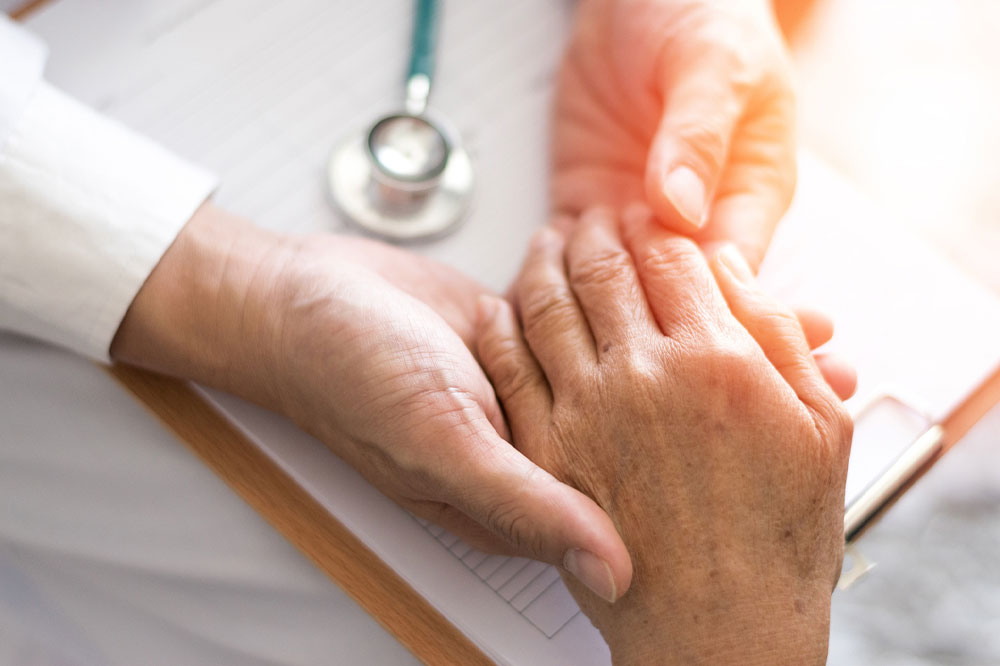
Stroke – Its causes, signs, and treatment methods
A stroke is a condition that occurs when the brain does not receive sufficient blood due to a blockage. This could be a cause of concern, as it could lead to permanent brain damage. To reduce brain damage and other complications, prompt treatment is crucial as this is considered a health emergency. As a result, it is helpful to know the signs, symptoms, causes, and treatment options of a stroke.
Signs and symptoms
Symptoms of a stroke are sudden and can vary and range in severity.
- Sudden confusion
A person may experience confusion, such as trouble speaking and understanding speech.
- Sudden severe headache
Another sign of stroke is a sudden, severe headache with no known cause.
- Vision problems
There can be vision problems in one or both eyes with blurred or blackened vision.
- Numbness in one side of the body
One side of the body may develop sudden numbness or paralysis; this can affect the face or limbs.
- Trouble walking
Dizziness or loss of balance and coordination is another sign that a person is having a stroke.
Causes
Each type of stroke has different causes.
- Ischemic stroke
This stroke occurs due to blockages or narrowing of the brain’s blood vessels, resulting in severely reduced blood flow or blood clots.
- Hemorrhagic stroke
When an artery in the brain leaks or ruptures, it is referred to as a hemorrhagic stroke. This stroke can be caused by many conditions that affect the blood vessels. These include uncontrolled high blood pressure, trauma such as car accidents, and overtreatment with blood thinners.
- Transient ischemic attack (TIA)
TIAs, also known as a mini-stroke, is similar to ischemic strokes as they also occur due to clots. A TIA causes a temporary period of symptoms due to a temporary decrease of blood flow to the brain.
Treatment
Not all kinds of strokes can be treated, as some may lead to disability or even death. Rapid diagnosis and fast treatment can reduce brain damage and save a life. Moreover, treatment varies depending on the type of stroke a person experiences.
Ischemic stroke and TIA
Treatment for these stroke types focuses on restoring the blood supply to the brain. This can be done with:
- Clot-breaking treatment
The standard treatment prescribed for ischemic stroke dissolves the clot quickly. Hence, a person is more likely to recover from a stroke.There are some other treatment options to prevent blood clots from getting bigger and also help prevent the formation of new clots.
- Thrombectomy
In this procedure, the clot is removed from the brain to reduce long-term disability. A mesh device is inserted into an artery in the groin and is threaded to the brain to pull the clot out. Thrombectomy also has to be performed within a few hours after the first signs of a stroke appear.
Some other procedures to reduce the risk of strokes or TIAs include:
- Carotid endarterectomy
This surgery involves removing the plaque from the carotid artery to help restore normal blood flow. - Angioplasty
In this procedure, a tiny, slender metal-mesh tube called a stent is fixed inside the carotid artery. This helps increase the flow of blood, which would have been blocked by plaque.
Hemorrhagic stroke
The treatment for hemorrhagic stroke focuses on stopping or preventing bleeding into the brain.
Treatment options to reverse the effects, reduce bleeding, and lower high blood pressure are prescribed.
- Surgery
When bleeding is due to a burst aneurysm, a surgical procedure is performed to repair the blood vessel. A craniotomy may also be needed to relieve the pressure on the brain after the stroke. - Coiling
A long tube is inserted into the hemorrhage or weakened blood vessel, and a coil-like device is inserted into the aneurysm. This will block the flow of blood into the aneurysm, reducing bleeding. - Clamping
When an aneurysm has not started bleeding or to prevent additional bleeding, a tiny clamp that cuts off blood supply would be placed at the base of it.
Early treatment is the only way to reduce long-term complications and disability caused by a stroke. However, preventing a stroke is not always possible in people at risk, but with certain lifestyle changes and treatment options, the chances of it occurring can be reduced.




